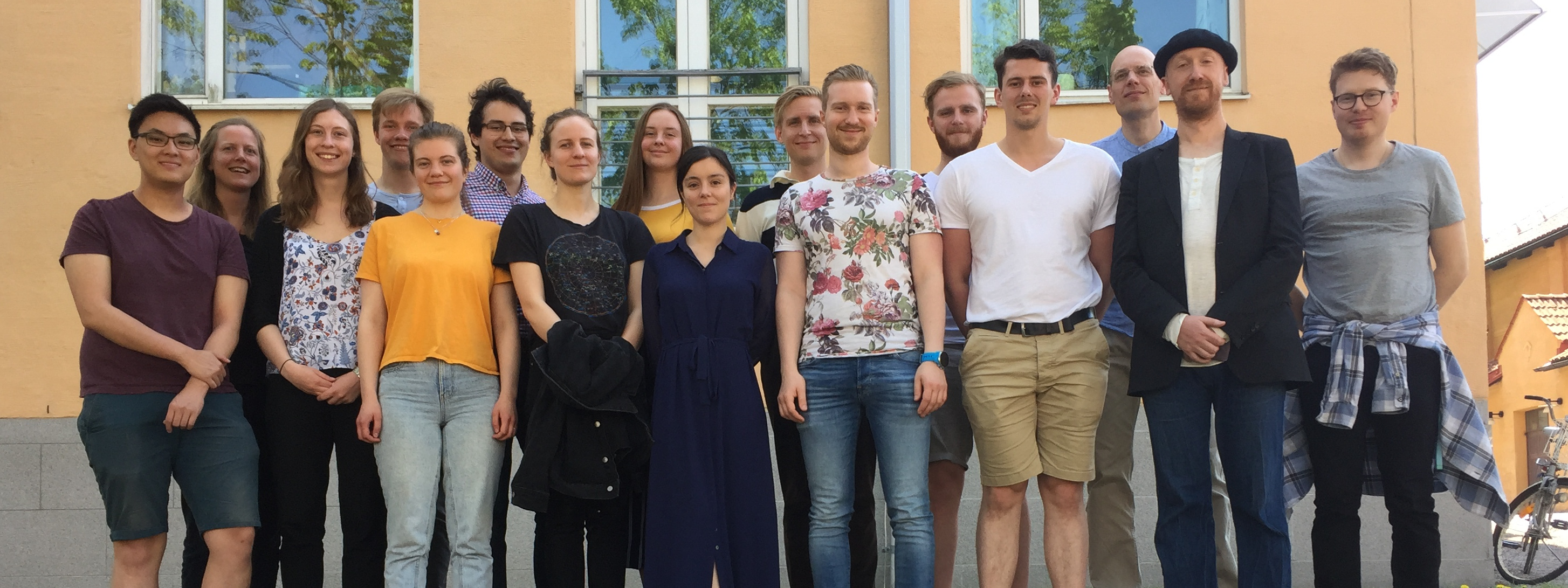We have just published a new
paper in JBC!
Mass and information feedbacks through receptor
endocytosis govern insulin signaling as revealed using a parameter-free
modeling framework, Cecilia Brännmark, Robert Palmér, S. Torkel Glad,
Gunnar Cedersund, and Peter Strålfors, J Biol Chem, 2010, doi:
10.1074/jbc.M110.106849
This it the first really
extensive systems biology paper coming out of our lab, and it is the
result of several years of iterations between experiments and
mathematical modelling. It builds on the same directions our previous PLoS
Comp Biol paper, which seeks to characterise the early events of
insulin signalling, i.e. the activation of the insulin receptor, and the
insulin receptor substrate-1 during the first few minutes. This
sub-system is beneficial to study because many relevant hypothesis can
be put forth which only describe this little isolated systems; in other
words, the tested models are small and strong conclusions can be made.
This
is the also the first paper where we really demonstrate our idea of
core predictions. Such predictions are defined as uniquely identified
model properties (based on the model structure and the available
experimental data), even though the individual parameter values might
not be uniquely identifiable. We use an especially developed
optimization algorithm to determine such properties, and then use these
properties to identify relevant new experiments.
The
future plans are to extend this model in several directions. Primarily,
we will be looking more downstream, to include other target proteins and
cellular processes. This inclusion has the ultimate goal to result in a
computable adipocyte and adipose tissue module, which both is
consistent with our detailed understanding of the cellular and local
data, and with the whole-body perspective, relevant for type 2 diabetes
and clinical trials. We will, however, also keep studying these early
processes more; the present results put receptor endocytosis at the
heart of the matter, and we hope to achieve further insights on the role
and relevance of this sub-process for insulin signalling, by combining
advanced single-molecule microscopy with model-based data analysis using
stochastic modelling.
So look forward to that! 🙂

